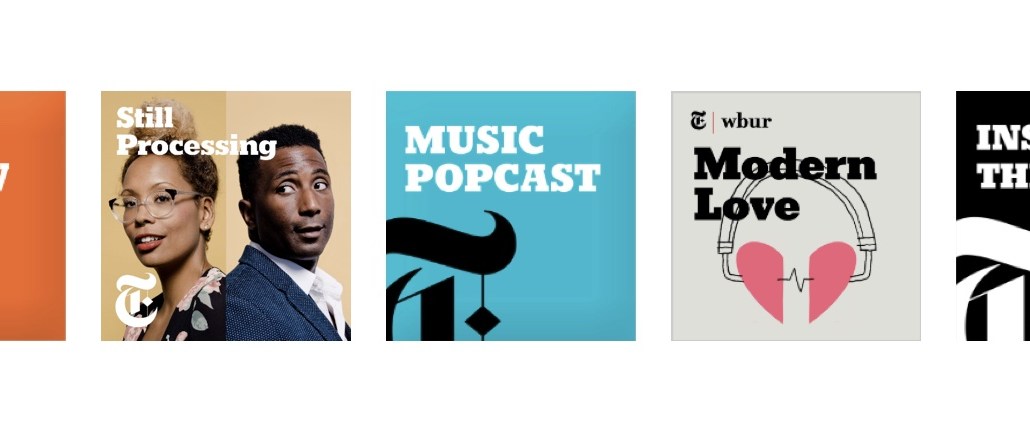‘We have a unique advantage’: A look at The New York Times podcast operations, six months in

Five years ago, The New York Times practically abandoned podcasts. Today, its reporters are all clamoring to start new ones.
Less than six months after the company announced it would form an audio team, its co-heads, Samantha Henig and Lisa Tobin, had received so many informal suggestions for shows they decided to put out a company-wide call for ideas. “We’re expecting submissions from everyone in the company,” joked Henig, the team’s editorial director.
Should a deluge of suggestions wash over them, it would not be unwelcome. The Times clearly sees a big opportunity in expanding into audio programming, whether podcasts or news reports delivered through devices like Amazon Echo. Since forming the audio group in the spring, the Times’ team has already launched two new shows — weekly conversation show called “Still Processing” and an election-themed series called “The Run Up” — and has taped six episodes’ worth of a third, a live game show hosted by Freakonomics’ Stephen J. Dubner called “Tell Me Something I Don’t Know,” is coming in November.
While building new audiences for podcasts has historically been a challenge, both have climbed into the top 100 podcasts on the iTunes Store, with “Run Up” ranking in the top 50 overall, and seventh among politics podcasts.
Part of that success boils down to quality. But part of it came because Tobin and Henig have promoted the shows across several Times channels. It’s pushed mobile notifications to Times politics readers to plug “The Run-Up,” a podcast analyzing the final few weeks of the 2016 presidential election; it dedicated a full-page ad in a recent issue of the Sunday Magazine to promote “Still Processing,” which is co-hosted by two Magazine staff writers, Jenna Wortham and Wesley Morris. It’s promoted the shows on social media, on banner ads on the Times’s website, and in newsletters.
“This is a place where we feel like we have a unique advantage,” Tobin said of the paper’s promotional power.
While distribution is off to a fine start, the Times is still getting assistance on the sales front. While there is a “lot of interest” from advertisers, a third-party seller, which the Times declined to name, secured the initial sponsors for “Still Processing.”
For now, the podcasts are all free, although Henig pointed out, “ultimately, we are a subscription company. We need to figure out how they’re serving our subscribers.” Times Insiders have had access to a weekly podcast about the paper since 2015.
The best way to serve listeners, of course, is to offer top-quality shows, which will mean getting its reporters ready to serve as hosts. Tobin and Henig stressed that the majority of the Times shows will be produced internally, with reporters and editors serving as talent. And while there are a few reporters, including Nikole Hannah-Jones and Sheri Fink, who have worked on radio programs previously, most of the newsroom has never worked in audio before.
For now, Henig and Tobin aren’t worried. “There are more than enough journalists in the building,” Tobin said.
More in Media

Meta AI rolls out several enhancements across apps and websites with its newest Llama 3
Meta AI, which first debuted in September, also got a number of updates including ways to search for real-time information through integrations with Google and Bing.

Walmart rolls out a self-serve, supplier-driven insights connector
The retail giant paired its insights unit Luminate with Walmart Connect to help suppliers optimize for customer consumption, just in time for the holidays, explained the company’s CRO Seth Dallaire.

Research Briefing: BuzzFeed pivots business to AI media and tech as publishers increase use of AI
In this week’s Digiday+ Research Briefing, we examine BuzzFeed’s plans to pivot the business to an AI-driven tech and media company, how marketers’ use of X and ad spending has dropped dramatically, and how agency executives are fed up with Meta’s ad platform bugs and overcharges, as seen in recent data from Digiday+ Research.





